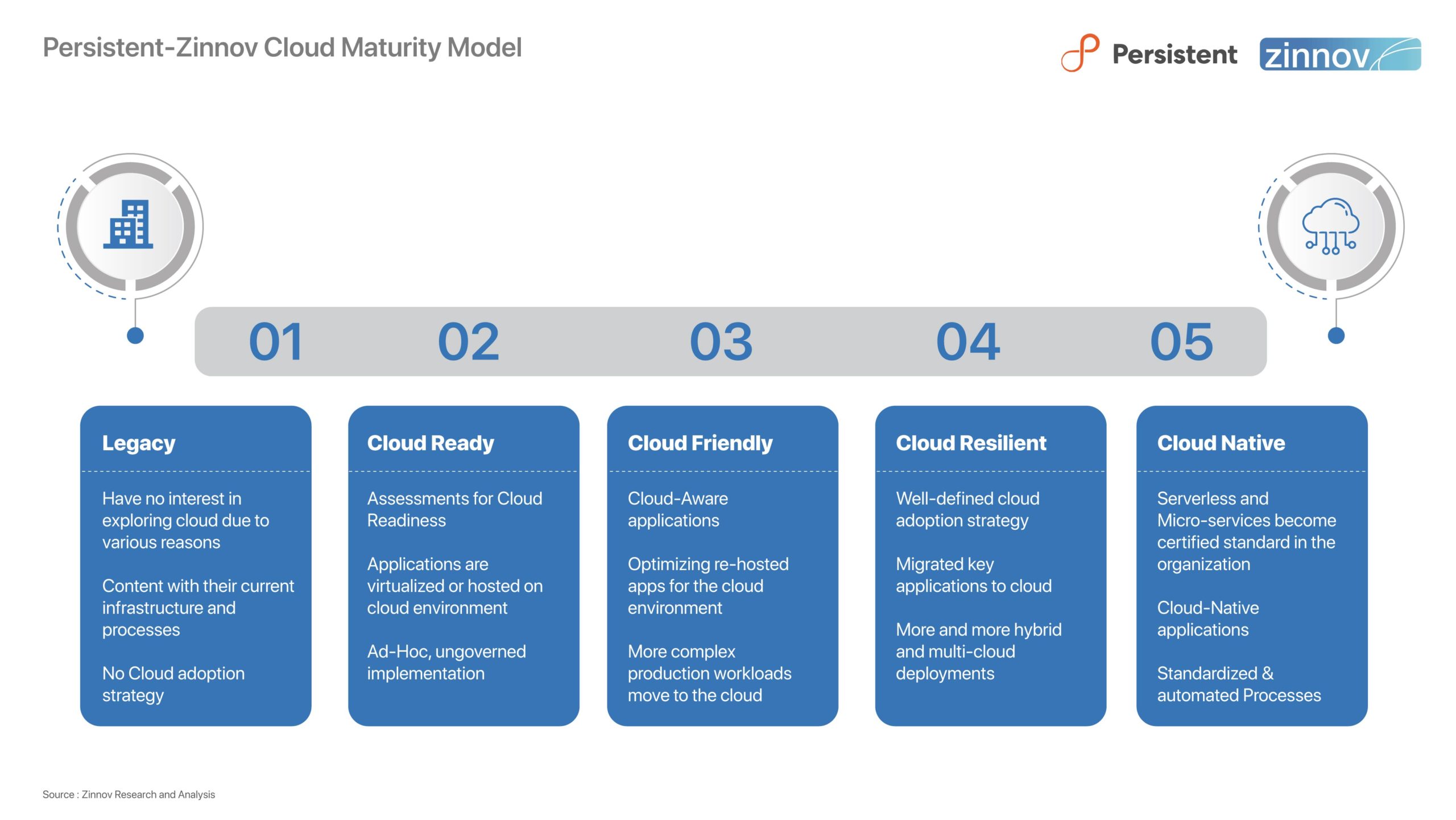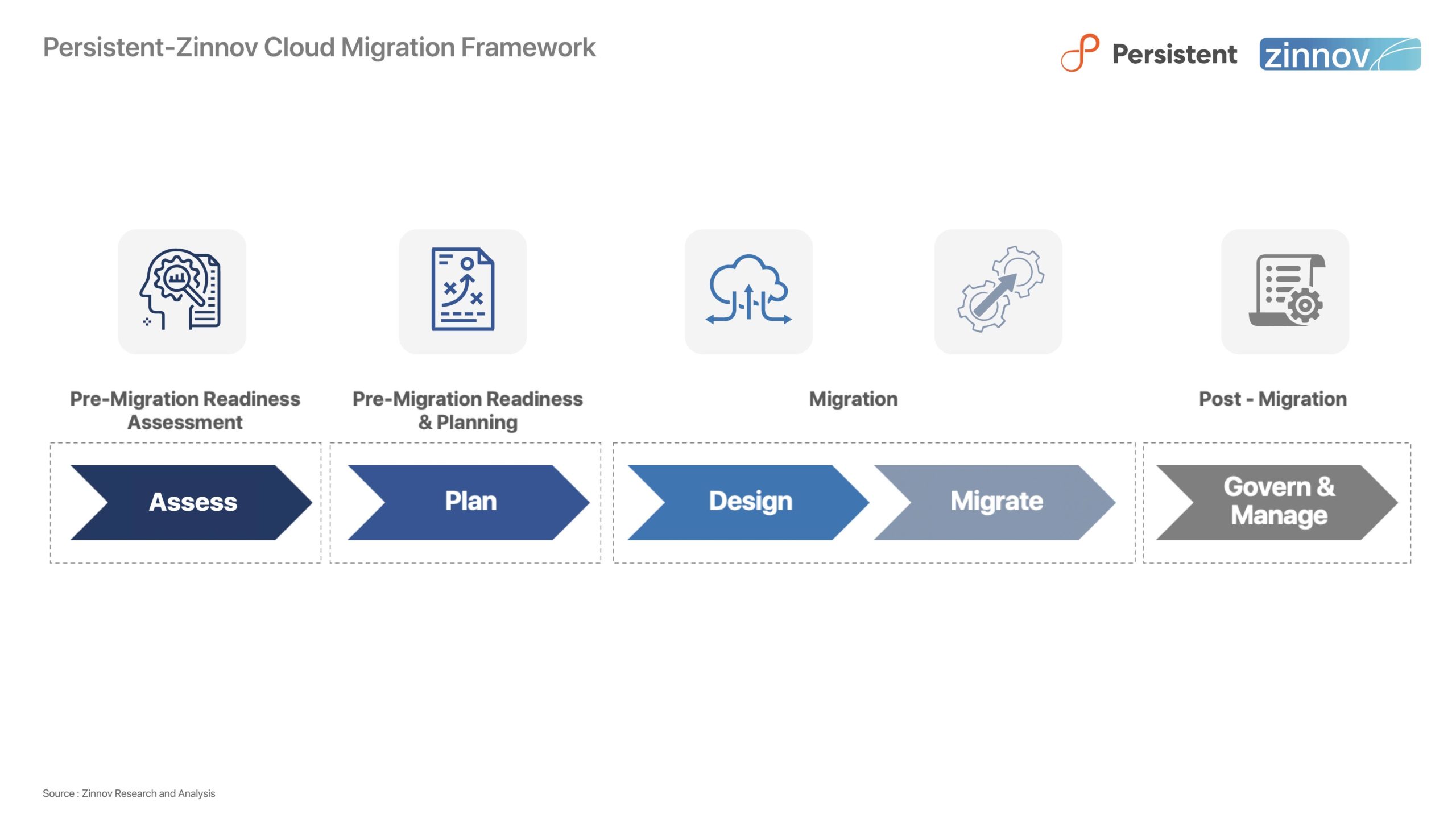|
|
The global economy has been a mixed bag in 2020, with markets experiencing deep fluctuations. However, one segment that has experienced a lot of certainty and traction has been the cloud services segment. It is set to grow at a steady clip of 17.5% to reach a massive USD 1 Tn by 2028. In fact, cloud has witnessed a consistent rise these past few years, with the current pandemic accelerating its adoption where most organizations seek to drive cloud services to become resilient in the face of uncertainties. Cloud adoption is experiencing phenomenal growth with enterprises expected to increase their cloud spend budget by over 50%, with the average enterprise cloud spending increasing by ~60% from USD 46 Mn 2018 to USD 75 Mn in 2020.
Enterprises have begun to rely heavily on cloud services for automation and to obtain resources on-demand with limitless computing cycles and storage, along with improved budget flexibility by shifting spending from CapEx to OpEx. Disruptive new and industry-leading ISVs have embraced SaaS (Software as a Service) as the optimal approach to deliver software to meet the market shift caused by enterprises moving to cloud and have realized the business value that making this shift can deliver. The SaaS model has plenty of advantages that attract new ISVs to follow the new software distribution model. ISVs are generating more revenues and valuations on SaaS solutions by choosing to migrate existing solutions to cloud or building their own cloud-based applications. Moving to the cloud leads to numerous benefits; for SaaS specifically, the benefits all boil down to reduced cost, enhanced performance, and accelerated innovation.
Given its outstanding business benefits, every ISV – irrespective of size and revenue – will be inclined to adopt cloud at one point or another, of their digital transformation journey. Given the accelerated adoption of cloud, especially in the wake of COVID-19, many ISVs are finding ways to chalk out plans to advance in their cloud journey to meet the changing consumer demands. At this juncture, Persistent and Zinnov’s Cloud Maturity Model (CMM) can prove to be an advantage for ISVs in guiding them to measure their readiness for the Cloud, build an effective cloud transformation strategy, and drive an effective cloud migration plan.

Enterprises need to realize that digital transformation based on a cloud-first strategy is a marathon, not a sprint. Any transformation journey that is disruptive and requires changing the core foundation of the ISV, can be very challenging. It is bound to fail unless the journey is planned with specific goals in mind, right roles and resources allocated, with ‘as-is’ to ‘to-be’ state’ mapped, and implementation engine fine-tuned.
ISVs looking to implement cloud migration solutions must first evaluate how the planned migration will affect non-functional aspects within their organization. The following assessment framework provides some key criteria to be considered before planning a cloud migration journey.

ISVs choose different ways to manage their cloud infrastructure – while some manage it themselves, others bring in a Cloud Managed Service Provider (MSP) to ease their immediate complexities. A cloud MSP can help architect, build, and manage elaborate solutions that simplify processes, workflows, and cut down costs drastically.
MSPs offer customized solutions that provide scalability and seamless deployment capabilities through an integrated approach:
Cloud MSPs offer a customized, cost-effective, and sound business strategy to help ISVs stay relevant in a highly competitive market. It also allows them to develop a fresh perspective and leverage a planned strategy to establish critical business applications and meet business objectives.
Cloud migration represents the core of an ISV’s business strategy. ISVs contemplating the move to cloud need to be aware of the business problems they face and how cloud can solve these problems. A large-scale cloud migration project is a transformation effort that requires careful analysis, planning, development of the required automation, and flawless execution. While most players can understand and resolve the initial migration challenges, the long-term implications of cloud migration are yet to be fully comprehended. This makes it critical to conduct a thorough due diligence when preparing for a cloud migration journey.